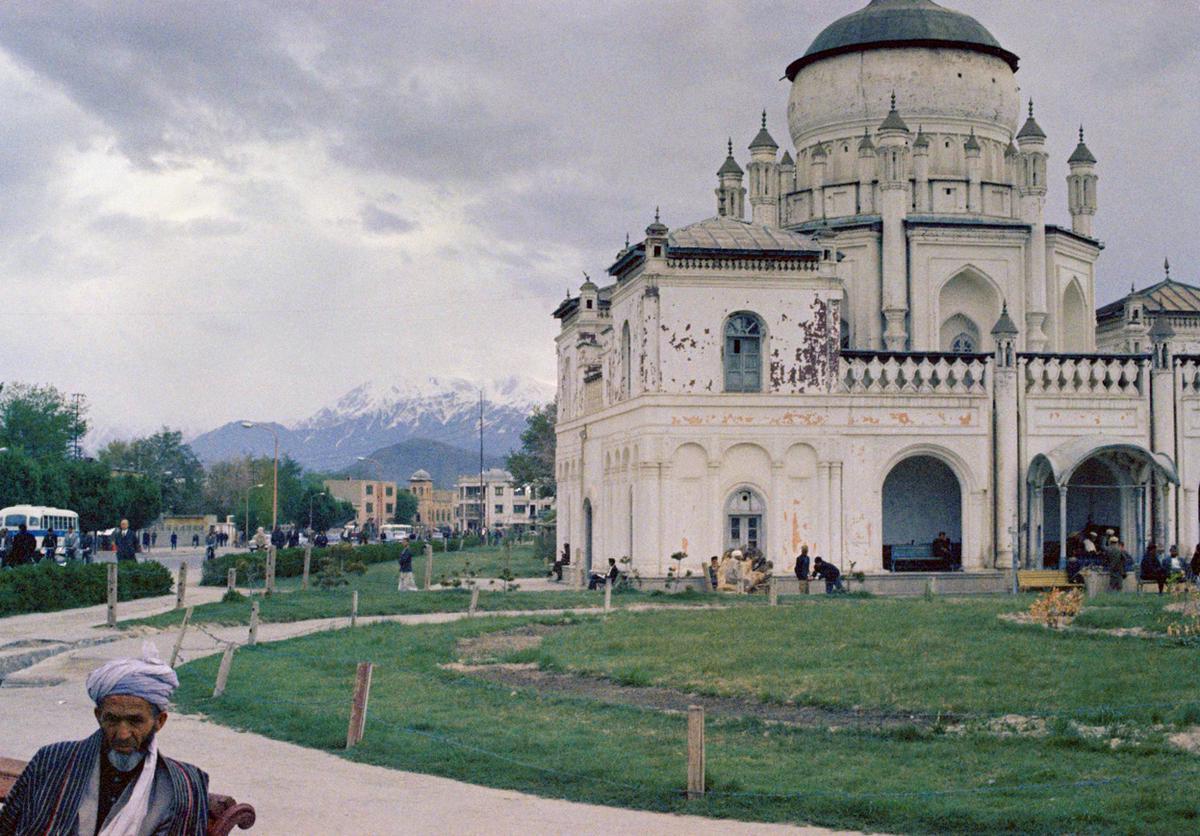
What was Afghanistan like in the 1960s? Imagine a time when Afghanistan was a hub of culture, peace, and progress. The 1960s marked a golden era for this nation, filled with vibrant cities, bustling markets, and a thriving arts scene. Kabul was known as the "Paris of Central Asia," where people enjoyed modern amenities, stylish cafes, and cinemas. Education flourished, with universities attracting students from around the globe. Women had more freedom, often seen in Western attire, pursuing careers and education. Afghanistan's rich history and diverse culture made it a fascinating place, blending ancient traditions with modern influences. This period remains a captivating chapter in the country's history, offering a glimpse into a time of hope and potential.
Key Takeaways:
- Afghanistan in the 1960s experienced significant political, social, and economic changes, including the introduction of a constitutional monarchy and increased rights for women, shaping the country's future trajectory.
- The 1960s in Afghanistan saw a rise in tourism and cultural exchange, despite facing challenges such as tribal conflicts and economic disparities, leaving a lasting legacy of progress and resilience.
Afghanistan in the 1960s: A Glimpse into the Past
The 1960s was a transformative decade for Afghanistan. This period saw significant changes in politics, culture, and society. Let's explore some fascinating facts about Afghanistan during this era.
Political Landscape
The political scene in Afghanistan during the 1960s was marked by reforms and modernization efforts.
- King Mohammed Zahir Shah ruled Afghanistan from 1933 to 1973, making him one of the longest-reigning monarchs in the country's history.
- In 1964, Afghanistan adopted a new constitution that introduced a constitutional monarchy, aiming to modernize the political system.
- The new constitution allowed for the establishment of a bicameral legislature, consisting of the House of the People and the House of Elders.
- Political parties were legalized for the first time, although their activities were still somewhat restricted.
- The decade saw the rise of student movements and intellectual debates, particularly in Kabul University.
Social and Cultural Changes
The 1960s brought about significant social and cultural shifts in Afghanistan, influenced by both internal reforms and external factors.
- Women gained more rights, including the right to vote and run for office, under the 1964 constitution.
- The first Miss Afghanistan beauty pageant was held in 1964, reflecting a more liberal social atmosphere.
- Kabul University became a hub for cultural and intellectual activities, attracting students from across the country.
- Western fashion and music started to influence Afghan youth, leading to a blend of traditional and modern styles.
- Radio Kabul played a crucial role in spreading new ideas and music, becoming a popular medium for entertainment and information.
Economic Developments
Afghanistan's economy saw various developments during the 1960s, with efforts to modernize and diversify.
- The Helmand Valley Project, initiated in the 1950s, continued to develop, aiming to improve irrigation and agriculture.
- Afghanistan's first cement factory was established in Jabal Saraj in 1957, boosting the construction industry.
- The country began to explore and exploit its natural resources, including natural gas and minerals.
- The construction of new roads and infrastructure projects improved connectivity within the country.
- Foreign aid, particularly from the United States and the Soviet Union, played a significant role in funding development projects.
Education and Literacy
Education saw notable advancements during the 1960s, with efforts to increase literacy rates and expand access to schooling.
- The government launched various initiatives to improve literacy rates, particularly in rural areas.
- Kabul University expanded its programs and facilities, becoming a leading institution of higher education in the region.
- The number of primary and secondary schools increased, providing more children with access to education.
- Teacher training programs were established to improve the quality of education.
- Efforts were made to promote education for girls, although challenges remained in conservative areas.
International Relations
Afghanistan's foreign policy in the 1960s was characterized by a delicate balance between major global powers.
- Afghanistan maintained a policy of neutrality, avoiding alignment with either the United States or the Soviet Union.
- The country received significant economic and military aid from both superpowers, leveraging its strategic location.
- Diplomatic relations with neighboring countries, including Pakistan and Iran, were generally stable.
- Afghanistan participated in various international organizations, including the United Nations and the Non-Aligned Movement.
- The country hosted several international conferences and events, promoting cultural and diplomatic exchanges.
Tourism and Travel
The 1960s saw a rise in tourism, with Afghanistan becoming a popular destination for adventurous travelers.
- The "Hippie Trail" brought many Western travelers to Afghanistan, seeking adventure and cultural experiences.
- Kabul, known for its vibrant bazaars and historic sites, became a key stop on the trail.
- Bamiyan, famous for its giant Buddha statues, attracted tourists interested in history and archaeology.
- The scenic beauty of the Hindu Kush mountains and the lush valleys of the north drew nature enthusiasts.
- Afghan hospitality and traditional cuisine left a lasting impression on visitors.
Challenges and Conflicts
Despite the progress, Afghanistan faced various challenges and conflicts during the 1960s.
- Tribal conflicts and power struggles continued to pose challenges to national unity.
- The Pashtunistan issue strained relations with Pakistan, leading to occasional border skirmishes.
- Economic disparities between urban and rural areas contributed to social tensions.
- The government faced criticism for its handling of political dissent and opposition movements.
- Natural disasters, including earthquakes and droughts, impacted the lives of many Afghans.
Legacy of the 1960s
The legacy of the 1960s in Afghanistan is a mix of progress and challenges, shaping the country's future trajectory.
- The reforms and developments of the 1960s laid the groundwork for future modernization efforts, despite the turmoil that followed in subsequent decades.
Afghanistan in the 1960s: A Glimpse into the Past
Afghanistan in the 1960s was a time of transformation and cultural richness. The country experienced significant changes in education, infrastructure, and women's rights. Kabul University became a hub for learning, attracting students from various backgrounds. Women gained more freedom, with some even attending university and working in professional fields. The architecture of the time reflected a blend of traditional Afghan styles and modern influences, creating a unique urban landscape.
Music and arts flourished, with Afghan musicians gaining international recognition. The country's natural beauty, from the majestic Hindu Kush mountains to the serene valleys, captivated visitors. Despite the progress, challenges remained, including political instability and economic struggles. Understanding this era provides valuable insights into Afghanistan's history and its journey through time. The 1960s were a pivotal decade, shaping the nation's identity and laying the groundwork for future generations.
Frequently Asked Questions
Was this page helpful?
Our commitment to delivering trustworthy and engaging content is at the heart of what we do. Each fact on our site is contributed by real users like you, bringing a wealth of diverse insights and information. To ensure the highest standards of accuracy and reliability, our dedicated editors meticulously review each submission. This process guarantees that the facts we share are not only fascinating but also credible. Trust in our commitment to quality and authenticity as you explore and learn with us.


